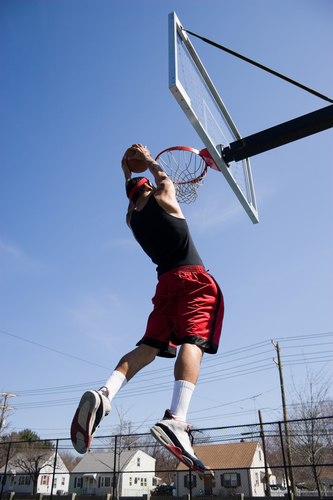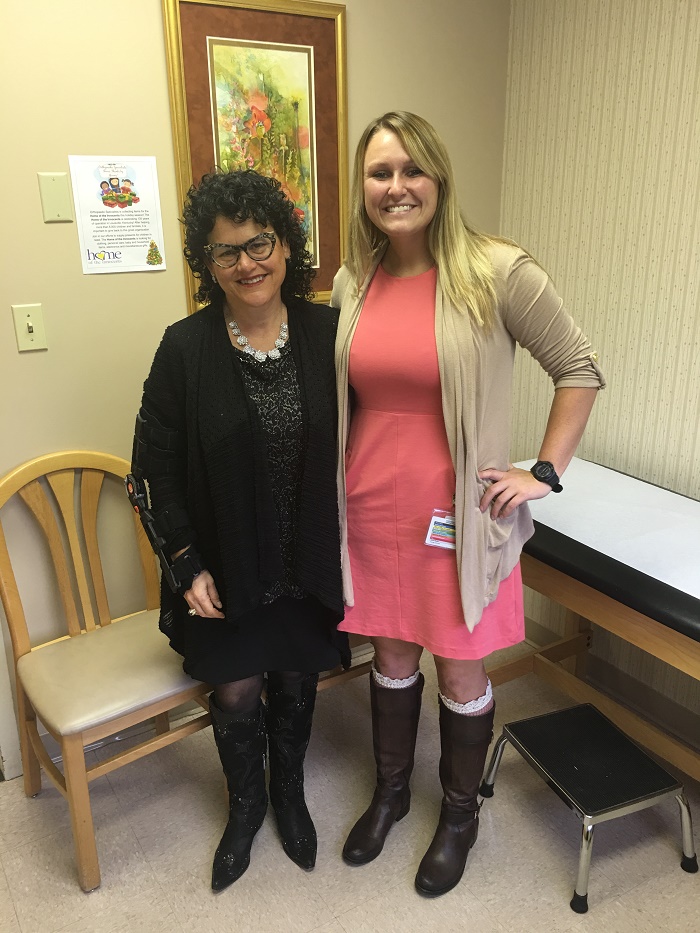 The National Association of Women Business Owners has announced the 2016 EPIC award finalists. Dr. Stacie Grossfeld and 11 other female top business owners in the community are considered for this honor. They will announce the winner 13on March 3 at the event.
The National Association of Women Business Owners has announced the 2016 EPIC award finalists. Dr. Stacie Grossfeld and 11 other female top business owners in the community are considered for this honor. They will announce the winner 13on March 3 at the event.
Since 1975, this national organization has been committed to supporting 10.6 million female-owned businesses.The NAWBO Louisville organization works to provide support, resources and opportunities to allow women to succeed in the local business world. This organization helps foster economic, social and political growth for Louisville business owners. The main mission of this organization is all about women helping women to grow and learn from one another.
This not-for-profit, non-partisan organization is dedicated to promoting business ownership and experience for women. This local chapter of NAWBO connects with female business owners from large, multi-million dollar companies, to small, home-based businesses.
Here is the list of the 2016 EPIC award finalists.
- Summer Auerbach, Owner, Rainbow Blossom
- Pam Broadus, President & CEO, Splendid Events
- Tricia Burke, President, Office Environment Company
- Dr. Stacie Grossfeld, Owner, Orthopedic Specialists
- Susan Hershberg, Owner, Wiltshire Pantry
- Steph Horne, Owner/Attorney, Horne Title Services
- Mo McKnight Howe, Owner, Revelry Boutique Gallery
- Raquel Koff, President, Rodeo Drive
- Amy Letke, Founder & CEO, Integrity HR
- Kayla Mount, Co-Founder & COO, SuperFanU
- Leigh Pittman, (Supporting Partner) Vice President, Director Global Program Management & Strategic IT Sourcing, Brown-Forman
- Jesika Young, (Supporting Partner) Vice President, US Bank
At the event on March 3, the finalists will each deliver a short speech. From there, a live vote will be drawn and the winner announced. Congratulations Dr. Grossfeld on your nomination and good luck!


 A concussion is a kind of brain injury that is typically caused by a fall, hit, or shake to the head. The long-term damages caused by concussions are an increasing concern for athletes in many different sports, including female soccer players.
A concussion is a kind of brain injury that is typically caused by a fall, hit, or shake to the head. The long-term damages caused by concussions are an increasing concern for athletes in many different sports, including female soccer players.





Recent Comments